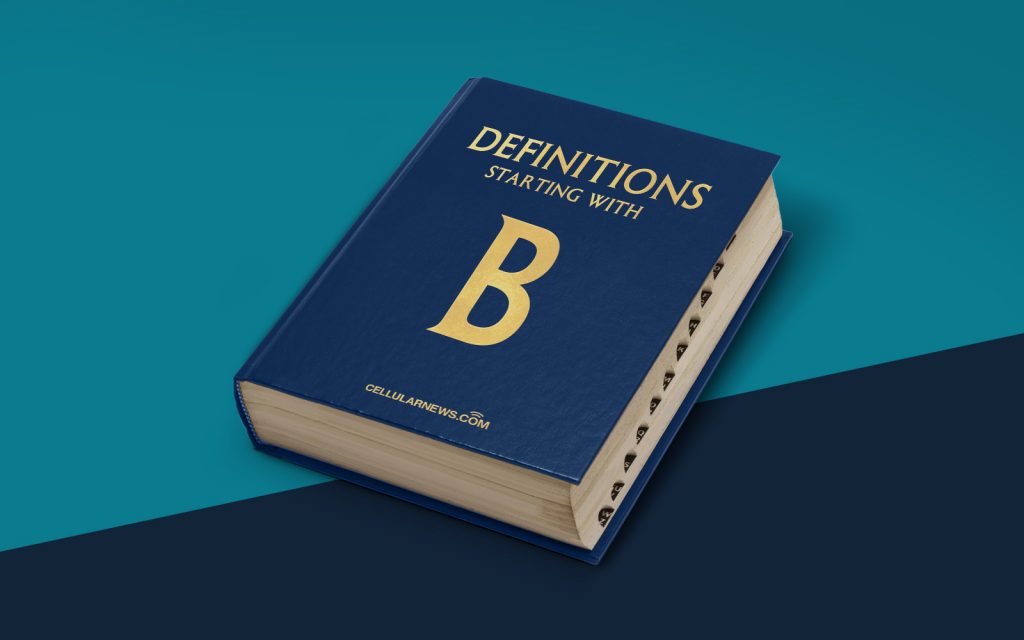
What is a Bipartite Graph?
Welcome to the “Definitions” category on our page, where we aim to provide clear and concise explanations of various terms and concepts. In this article, we will dive into the world of graphs and discuss what a bipartite graph is.
Key Takeaways:
- A bipartite graph is a mathematical structure that consists of two disjoint sets of vertices, with each edge connecting a vertex from one set to a vertex from the other set.
- Bipartite graphs have various real-world applications, such as modeling relationships between entities in different categories, organizing data, and solving optimization problems.
So, what exactly is a bipartite graph? A bipartite graph is a mathematical representation of a relationship between two distinct sets of objects. It consists of two disjoint sets of vertices, often referred to as “left” and “right” sets, or “red” and “blue” sets.
In a bipartite graph, every edge connects a vertex from one set to a vertex from the other set. However, there are no edges that connect vertices within the same set. This structure creates a clear distinction between the two sets and allows us to study relationships between entities belonging to those sets.
Let’s look at a simple example. Imagine we have a set of customers and a set of products. A bipartite graph can be used to represent the relationships between customers and the products they have purchased. Each customer is a vertex in the left set, each product is a vertex in the right set, and an edge connects a customer to a product if that customer has purchased that product.
Why do we use bipartite graphs? Well, bipartite graphs have various real-world applications. Some of the most common ones include:
- Modeling relationships between entities in different categories, such as customers and products, students and courses, or actors and movies.
- Organizing data efficiently, as bipartite graphs allow us to represent complex relationships in a visually understandable format.
- Optimization problems, where bipartite graphs can be used to find the best matching between two sets of entities.
Bipartite graphs also have fascinating properties and can be studied extensively in graph theory. The concept of bipartite graphs extends to more complex graph structures and can be used as a foundation for various algorithms and computational problems.
In conclusion, a bipartite graph is a mathematical structure that represents relationships between entities in two distinct sets. It is a powerful tool in various fields, ranging from data organization to optimization. Understanding bipartite graphs allows us to analyze real-world relationships and solve complex problems efficiently.
